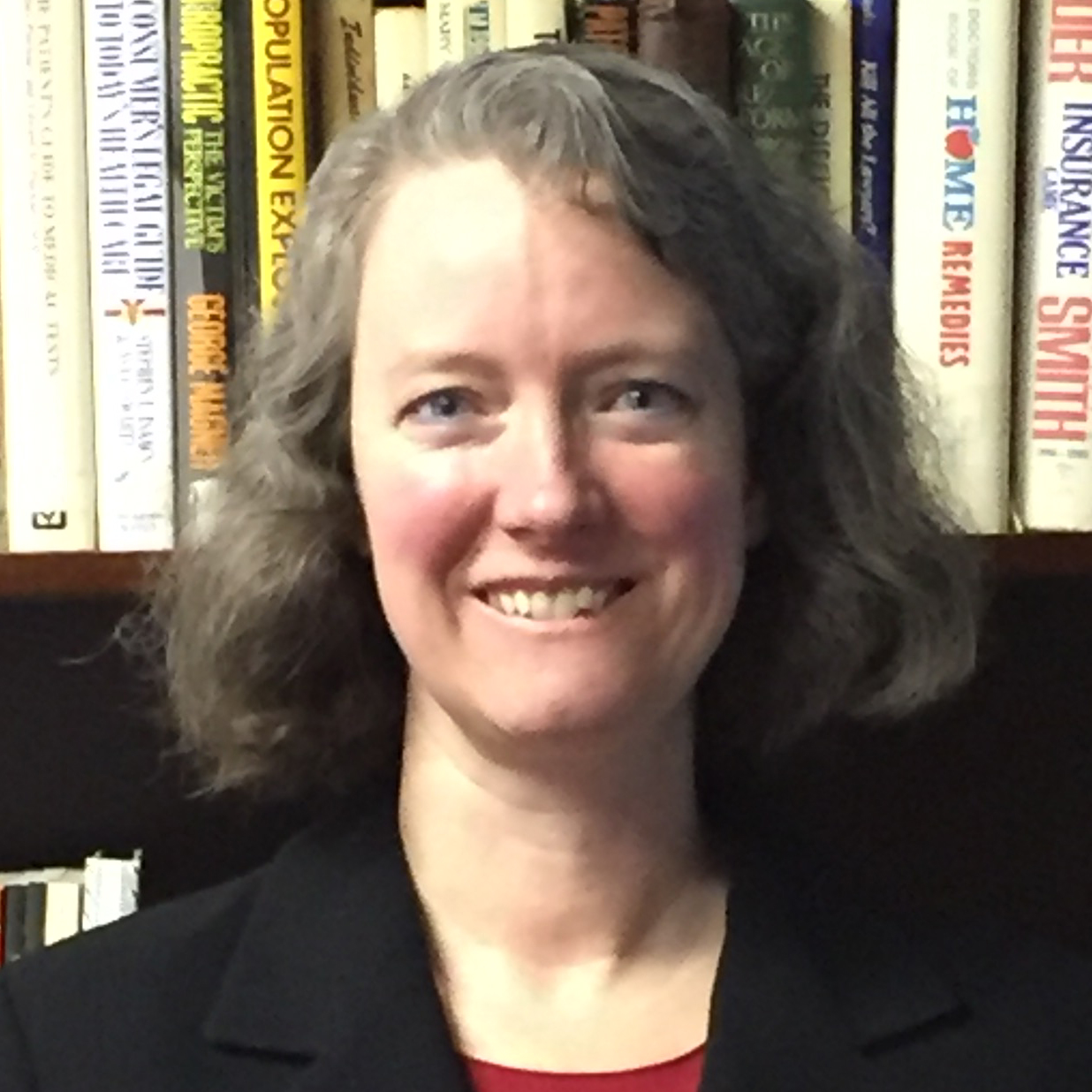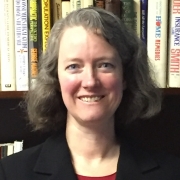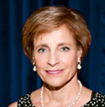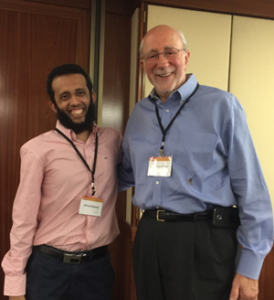June 6, 2016
Contact: ECI Communications, Caren Kagan Evans, caren_kaganevans@ecicommunications.com, 301-998-6114, 301-467-6337 (cell), or ECI Communications, Rachel Evans, rachel.evans@ecicommunications.com, 301-998-6114, 301-467-6167 (cell), or NCL Communications, Cindy Hoang, cindyh@nclnet.org, (202) 207-2832
Washington, DC—With an estimated 49.5% growth of the U.S. senior population by 2030 and out-of-pocket prescription drug costs for Medicare beneficiaries skyrocketing*, the Alliance for Safe Online Pharmacies (ASOP Global), Center for Safe Internet Pharmacies (CSIP) and National Consumers League (NCL) are joining forces to educate seniors and their caregivers about the health and financial risks associated with buying prescription medicines from illegal or rogue online pharmacies.
“10,000 people turn 65 years of age every day in the U.S.,” explained ASOP Global Executive Director Libby Baney. “Escalating costs for hundreds of drugs prescribed to treat chronic conditions not necessarily covered fully by Medicare make it more likely that seniors, who often are living on fixed incomes, will turn to the Internet to look for less expensive options. For twelve specialty drugs used to treat cancer, rheumatoid arthritis, multiple sclerosis and Hepatitis C, Medicare Part D enrollees face at least $4,000 and as much as nearly $12,000 in annual out-of-pocket costs in 2016 for one drug alone,” she added.
A recent review of more than 11,000 websites selling prescription medications online to U.S. consumers found approximately 96% do not comply with U.S. laws and 50% of medicines sold online are fake or counterfeit. They contain little or no active ingredients and/or dangerous and often deadly poisons, including floor wax, mercury, concrete, chalk, boric acid, road tar, paint or anti-freeze. Interpol estimates that counterfeit medicines are responsible for up to one million deaths annually worldwide.
“Our research shows that lower prices and convenience of shopping online are the two biggest factors driving consumers to the Internet, making older Americans easy targets for illegal online drug sellers offering ‘too good to be true’ discounts for fake or unapproved versions of the lifesaving medicines they depend on,” said Marjorie Clifton, executive director of the Center for Safe Internet Pharmacies. “The criminal networks who develop fake websites have become very savvy in creating sites that are difficult to detect by even the most sophisticated consumers and law enforcement. This is why it is imperative that consumers are informed and our organizations are working together to do everything they can to shut down illegitimate sites.”
The majority of older Americans own a computer, smartphone or tablet and almost 60% of older Americans use the Internet on a regular basis. Financial scams aimed at seniors, including counterfeit medicines sold online, are so prevalent that they are now considered “the crime of the 21st century” by the National Council on Aging.
“In addition to the health risks associated with buying prescription medicines online, the threat is further exacerbated by the fact that unknowing seniors provide these criminals with personal and credit card information, putting them at risk for fraud and identity theft,” said Sally Greenberg, executive director of the National Consumers League.
* In a 2016 AARP report, the average cost for a year’s supply of the 622 prescription medicines most widely used by people over the age of 65 doubled between 2007 and 2013 to more than $11,000 – almost half of the median income for Medicare beneficiaries.
How to stay safe online
To stay safe seniors and their caregivers should avoid websites that: (1) do not require a valid prescription; (2) sell prescription medications simply by completing an online questionnaire; (3) offer drastically discounted prices; (4) do not have a licensed pharmacist available for consultation; (5) do not display a physical street address; (6) offer to ship prescriptions from other countries to the U.S.; and (7) are not verified by the National Association of State Boards of Pharmacy (NABP).
Consumers are encouraged to buy from sites ending in .pharmacy (e.g., “www.340b.pharmacy), which are verified by NABP. In addition, online pharmacies that display the VIPPS (Verified Internet Pharmacy Practice Sites) Seal have successfully undergone NABP’s rigorous screening process.
For more information about illegal online pharmacies and counterfeit medicines, consumers should visit www.XtheRisk.com. For help paying for prescriptions, seniors or caregivers should contact Needy Meds or the Partnership for Prescription Assistance.
###
About the Alliance for Safe Online Pharmacies (ASOP Global)
Founded in 2009, the Alliance for Safe Online Pharmacies is an international 501(c)(4) social welfare organization dedicated to protecting patient safety globally and ensuring access to safe and legitimate online pharmacies in accordance with applicable laws.
About the Center for Safe Internet Pharmacies (CSIP)
The Center for Safe Internet Pharmacies (CSIP) is a non-profit organization founded in 2011 and represents the technology sector and Internet intermediaries. CSIP’s mission is to promote best practices in the technology and commerce industries and educate consumers about safe shopping online.
About the National Consumers League (NCL)
The National Consumers League (NCL) has been representing consumers and workers on marketplace and workplace issues since 1899. One of NCL’s long-term projects is the Fraud Center (www.fraud.org), which was launched in 1992 to give consumers the information they need to avoid becoming victims of telemarketing and Internet fraud.
 The National Consumers League (NCL) has long been committed to fighting for vaccines and advocating for their widespread use. We are grateful to the American Society of Clinical Oncology (ASCO) for its efforts to educate the public and healthcare providers–especially pediatricians–about the important role the human papillomavirus (HPV) vaccine plays in preventing cervical and other cancers. In the United States, HPV is estimated to cause nearly 99.7 percent of cervical cancers, 60 percent of throat cancers, 91 percent of anal cancers, 75 percent of vaginal cancers, 69 percent of vulvar cancers, and 63 percent of penile cancers.With these numbers, you would think that the public would be clamoring to get this cancer prevention vaccine. Unfortunately, nationwide usage of the HPV vaccine is alarmingly low. Despite the Centers for Disease Control and Prevention (CDC) recommendation that all girls and boys receive the HPV vaccine at age 11 to 12 years, CDC data show that only 40 percent of teenage girls and 22 percent of teenage boys received the full recommended doses of the HPV vaccine in 2014 (3 doses over the course of 6 months), compared to the 80 to 90 percent vaccination rate for diphtheria, tetanus, pertussis, and meningitis.
The National Consumers League (NCL) has long been committed to fighting for vaccines and advocating for their widespread use. We are grateful to the American Society of Clinical Oncology (ASCO) for its efforts to educate the public and healthcare providers–especially pediatricians–about the important role the human papillomavirus (HPV) vaccine plays in preventing cervical and other cancers. In the United States, HPV is estimated to cause nearly 99.7 percent of cervical cancers, 60 percent of throat cancers, 91 percent of anal cancers, 75 percent of vaginal cancers, 69 percent of vulvar cancers, and 63 percent of penile cancers.With these numbers, you would think that the public would be clamoring to get this cancer prevention vaccine. Unfortunately, nationwide usage of the HPV vaccine is alarmingly low. Despite the Centers for Disease Control and Prevention (CDC) recommendation that all girls and boys receive the HPV vaccine at age 11 to 12 years, CDC data show that only 40 percent of teenage girls and 22 percent of teenage boys received the full recommended doses of the HPV vaccine in 2014 (3 doses over the course of 6 months), compared to the 80 to 90 percent vaccination rate for diphtheria, tetanus, pertussis, and meningitis.















